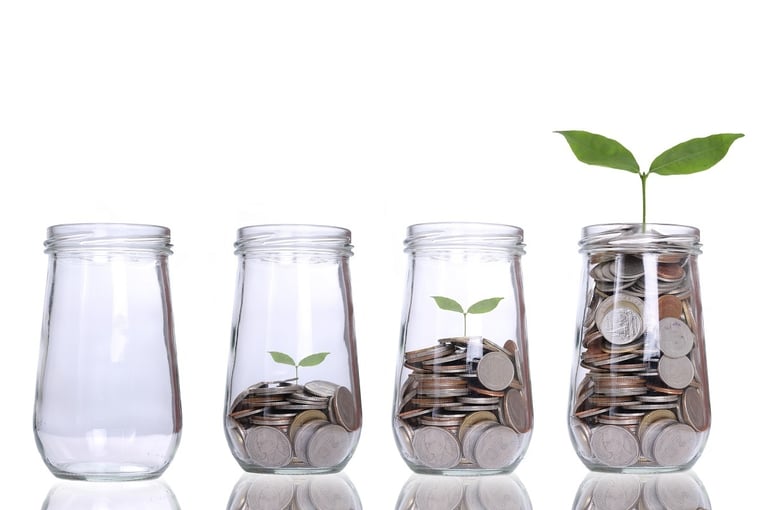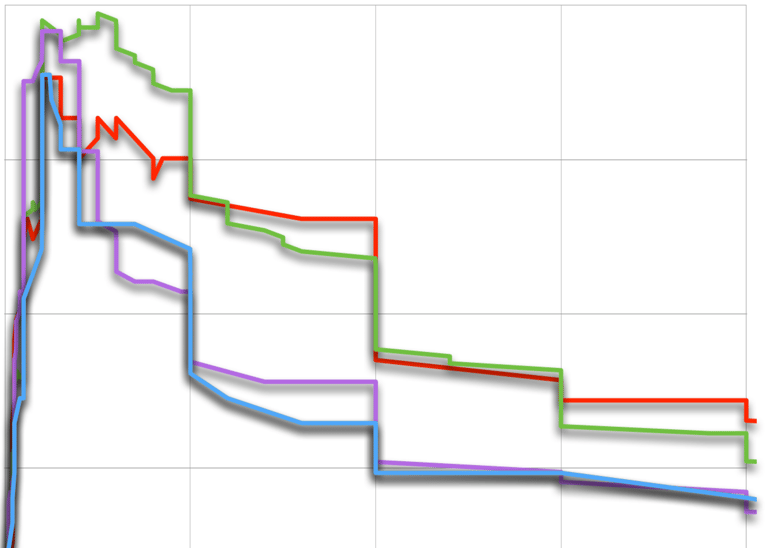Value-Based Pricing: The Secret to Profit Maximization
 PriceBeam
·
4 minute read
PriceBeam
·
4 minute read

It is obvious to some, and distant to others: Your price should reflect what your customers are willing to pay for your product or service. Most managers acknowledge this, but rather than putting their customer in the center of their pricing strategy, they put themselves and competing firms. Internal costs, competitor prices or their own gut-feel. But at the end of the day, your customer is the one who will be paying the price, and your price should be set accordingly. Remember: your customer will happily let you leave money on the table if you price too low, and at the same time, he won’t hesitate to switch to one of your competitors if your price is too high. Your customer is the only one who can guide you to the right price. Enter, value-based pricing.
BREAKING DOWN: Value-Based Pricing
Value-based pricing is defined as a pricing strategy that sets prices according to the perceived value of a product or service to a particular customer segment. Notice how the definition centers around the customer! It’s the only pricing strategy that does this and that’s why price consultants agree it’s the best strategy.
Let’s break down this definition. It’s about 1 particular customer segment. This part is crucial: a value-based pricing strategy only works if you have clearly defined your customer segment in detail. And no, “my product is for everyone” unfortunately doesn’t count. Consumers are very different, and thus you need to define a target segment that has a shared set of taste, values and needs. This leads me to the next part of the definition: perceived value.
It’s all about the value your customers get from buying your product. And this will be very different from person to person! Take watches, for example: If you’re simply looking for a watch that tells time, you’d probably go for a $25 digital, battery-powered watch. Yet, luxury brands sell less accurate, mechanical watches at $100,000 and could probably sell these watches at $90,000 even if they didn’t work. Clearly, these luxury watchmakers are targeting a different customer segment whose primary need is social status rather than the ability to tell time. Granted, it is not very classy to wear a watch that doesn’t work, but the value placed on this function is relatively small compared to those buying a cheap, digital watch which would lose all its value as soon as it stops working.
This is, of course, just an example. In reality, there are many different factors that determine how much a particular segment values a product.
Developing a Value-Based Pricing Strategy
A key component in your value-based pricing strategy is willingness-to-pay. And willingness-to-pay can be measured very accurately!
Measuring Willingness-To-Pay for Your Product
You have a product and you want to find out what price you should charge for it. Value-based pricing is all about measuring willingness-to-pay among your customers so you can set a price that maximizes profit while remaining affordable to your particular customer segment. That is, a price where your customer wouldn’t find your product too expensive and not buy it, or so cheap that he will start suspecting its quality. So how do you find this price point?
Direct Surveys
You could ask your customer directly, but chances are he will not answer truthfully. Either he will suggest a price that is higher than his willingness-to-pay to avoid offending you, or he will suggest one that is lower so he won’t have to pay more (even though he’s willing to).
However, it is, indeed, possible to design a direct survey without these issues. There are a variety of professional survey companies that help you survey your customer segment: as they don’t represent your company, they can get more truthful responses that you can statistically analyze and derive highly accurate willingness-to-pay curves from. An example of such an approach is the Van Westendorp Price Sensitivity Meter which is widely used by consulting firms. This is a great place to start as you are not limited to surveying the value placed on single attributes.
Indirect Surveys
For some products and services, it can be hard for customers to assign a price they find suitable in a direct survey. The solution to this problem is presenting the respondent with different price points for different alternatives, and then ask her to assign preference ratings to each alternative. In this case, you typically use a conjoint-analysis to determine how much your customer values your product over others. However, conjoint analysis measures the relative value placed on different product attributes and thus, you must be able to specify the primary value-adding features.
After doing your research you will be able to graph your customer’s willingness-to-pay:

Once you have this data, you can set the price that will maximize your profit (or revenue, depending on your objective). There we have it. That’s essentially what value-based pricing is about!
Using Pricing Research in Product Development
Once you have invested some time and resources into finding the right price for your product, you have a fantastic starting point for product development. By using methods such as conjoint analysis you can statistically analyze how much your customer would be willing to pay extra if you added an additional feature to your product or service. If you’re selling TVs, you may be considering upgrading the speaker system, which you know will cost $X,XXX,XXX. To find out if your investment will pay off, you simply ask your customers to indicate how much they would pay extra for a version of your TV with upgraded speakers compared to your current version. This will capture the value you add and how much your customers will be willing to pay for this extra value. But before you can do this, you need to get the base price right!
Summary: Time to Reap the Rewards
Studies have found that a 1% improvement in pricing can increase your profits by as much as 10%, and so there is a lot of potential profit out there if you choose to adopt a value-based pricing strategy. It can seem fairly daunting at first, but the potential payoff should keep you motivated to invest the time and resources into a thorough, value-based pricing strategy.




